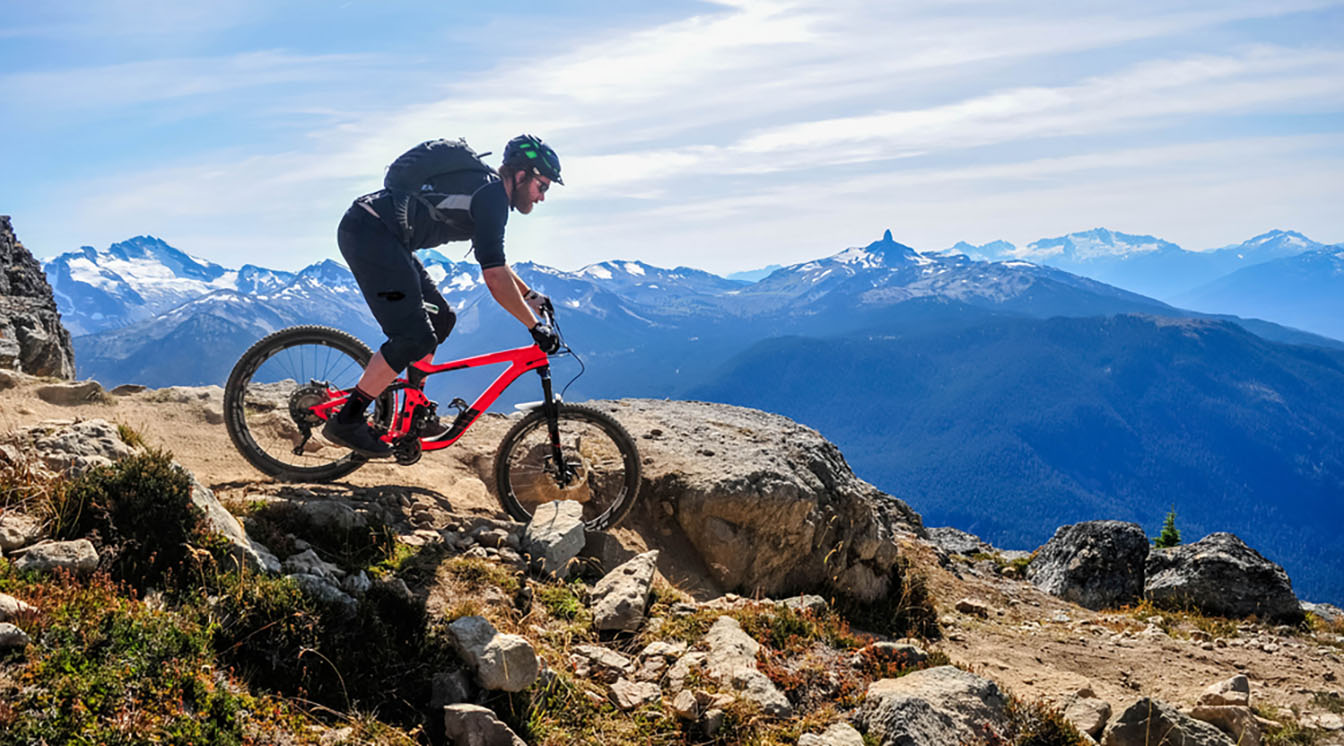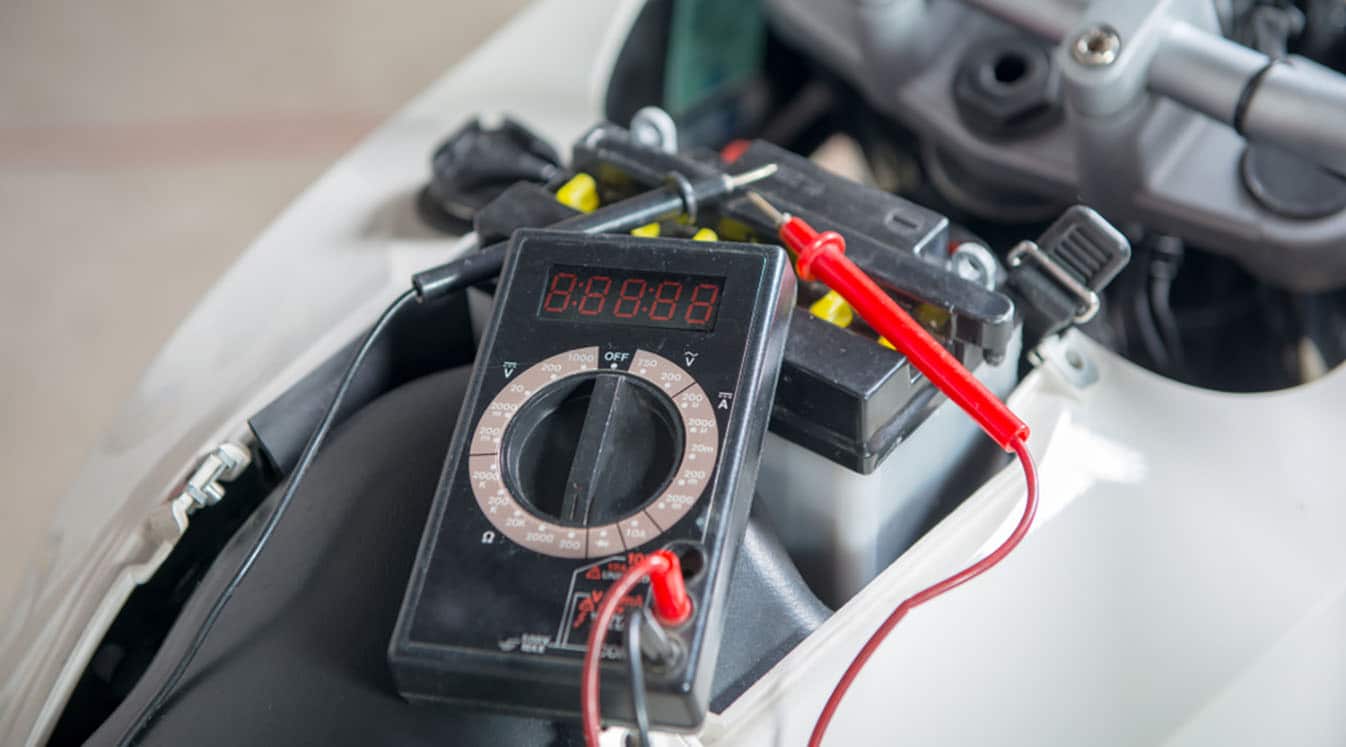Did you recently discover mountain biking? You’re not alone. Over 40 million Americans participate in this activity every year. And what’s not to love? Taking the road less traveled gives you the chance to explore some truly amazing scenery. Leave the pavement behind to experience the best of the natural world. But you can’t start riding in the mountains without a little practice first. You will need a durable, off-road bike and the proper equipment to stay safe on the trail. Use these mountain biking tips for beginners to see what all the fuss is about.
1. Understand Bike Suspension and Configuration
If you’re new to mountain biking, you can’t travel off-road on the same bike you use to commute to work in the city. You’ll need a special mountain bike that is designed to withstand the wear and tear of the outdoors. The main difference is the shocks. Off-road bikes come with shocks that are filled with air. They will soften your landing when you go over a major bump. But your shocks need to be rated according to your size and weight. Research how much psi the shocks need based on your body size. You will need to pump additional air into the shocks if the air pressure is too low. You can also have a professional adjust the psi for you. Change the height of the seat to stay comfortable on the trail. The bottom line: Don’t use a mountain bike right out of the package. Adjust it according to your needs for a seamless ride.
Use Dynamic Meshwork Communication to Stay Connected as a Group
2. Use a Bluetooth Headset
You may not think to use helmet communication when riding your bike on the street, but it will definitely come in handy when you are riding through the middle of nowhere. The device securely attaches to your bike helmet, so you can use your voice to access the features of your cell phone or GPS. Just speak into the microphone to dial a call or play your favorite song. You won’t have to worry about traffic in the wilderness, so feel free to rock out.
Look for a headset that offers dynamic meshwork communication (DMC), which is an improved version of Bluetooth, when mountain biking in a group. The device will establish a direct connection between you and every other person in the group for seamless conversation. It can be hard to stay together as a group, especially when you’re exploring new territory. The beauty of DMC is that you won’t lose your connection when someone else falls out of range. The person will automatically come back online when they are back in range so you don’t need to reset the device.
Find the Right Helmet Communication Device for Your Helmet
Most bike helmets only cover the top of the head, so you will need to use a half helmet Bluetooth headset when mountain biking. It comes with an adjustable boom mic that keeps the receiver near your mouth for hands-free communication.
3. Prioritize Navigation and Planning
There are no streets or signs to help you get your bearings in the wild. You will need to rely on your GPS when navigating the trail, especially if you aren’t using an established biking path. Use your Bluetooth headset to wirelessly connect to your GPS so you can hear the directions in real time. Mount your phone or GPS to the handlebars. That way, you don’t have to look down to see the route. Bring along a paper map of the park or local area in case you lose service during your trip.
Mountain biking is a totally new experience that will make you fall in love with nature all over again. Bring along these accessories and the proper navigation equipment to make the most of your time in the wild.





